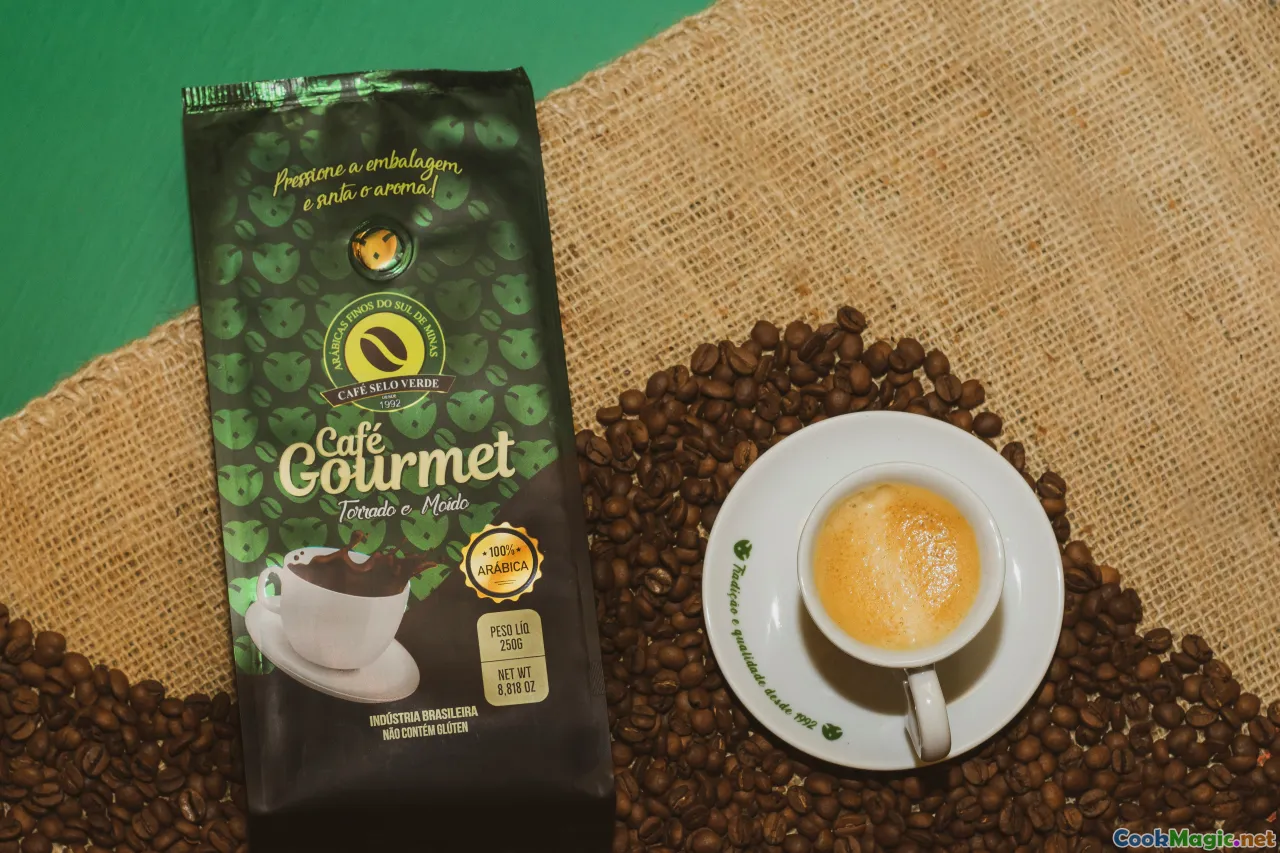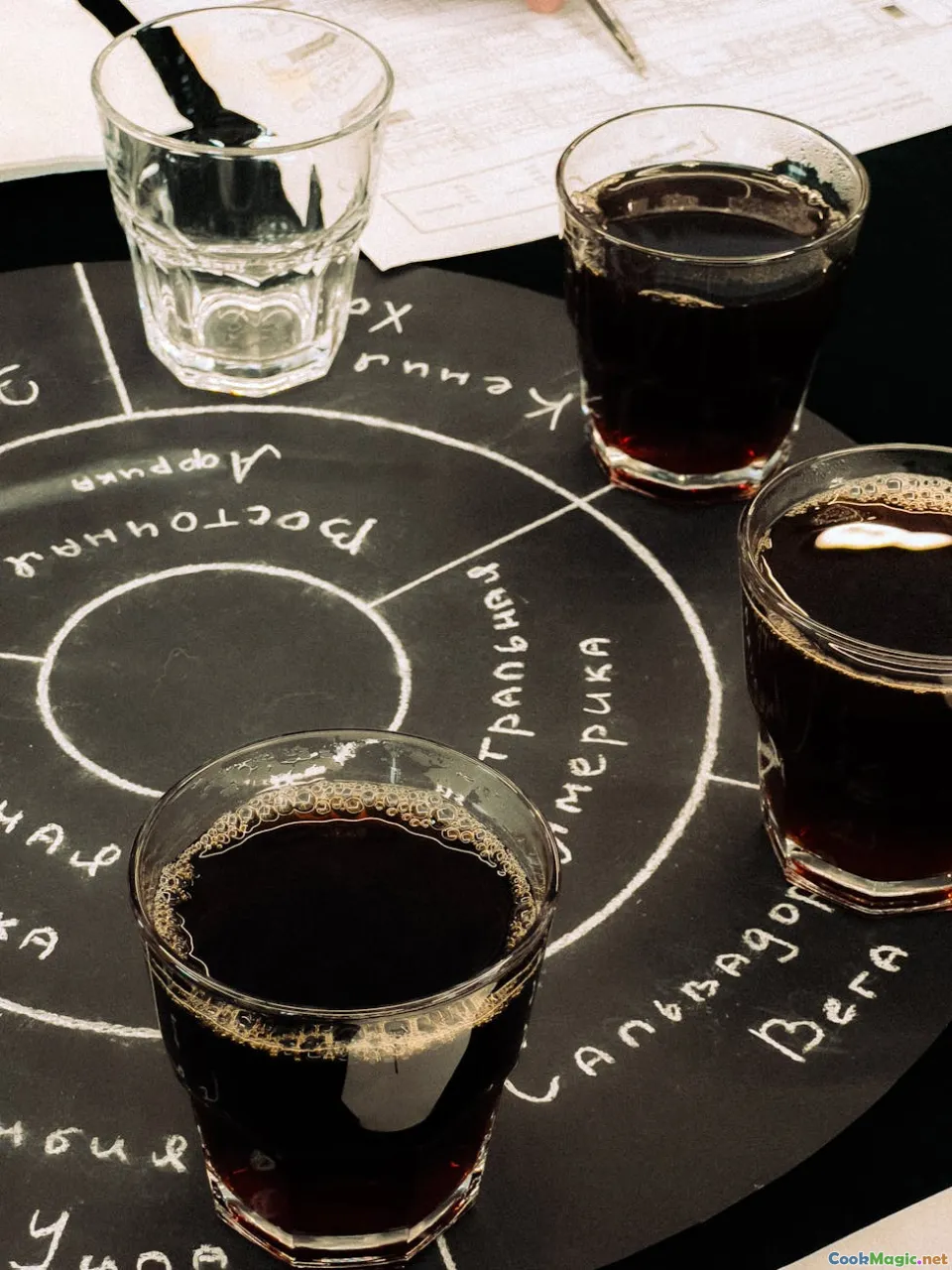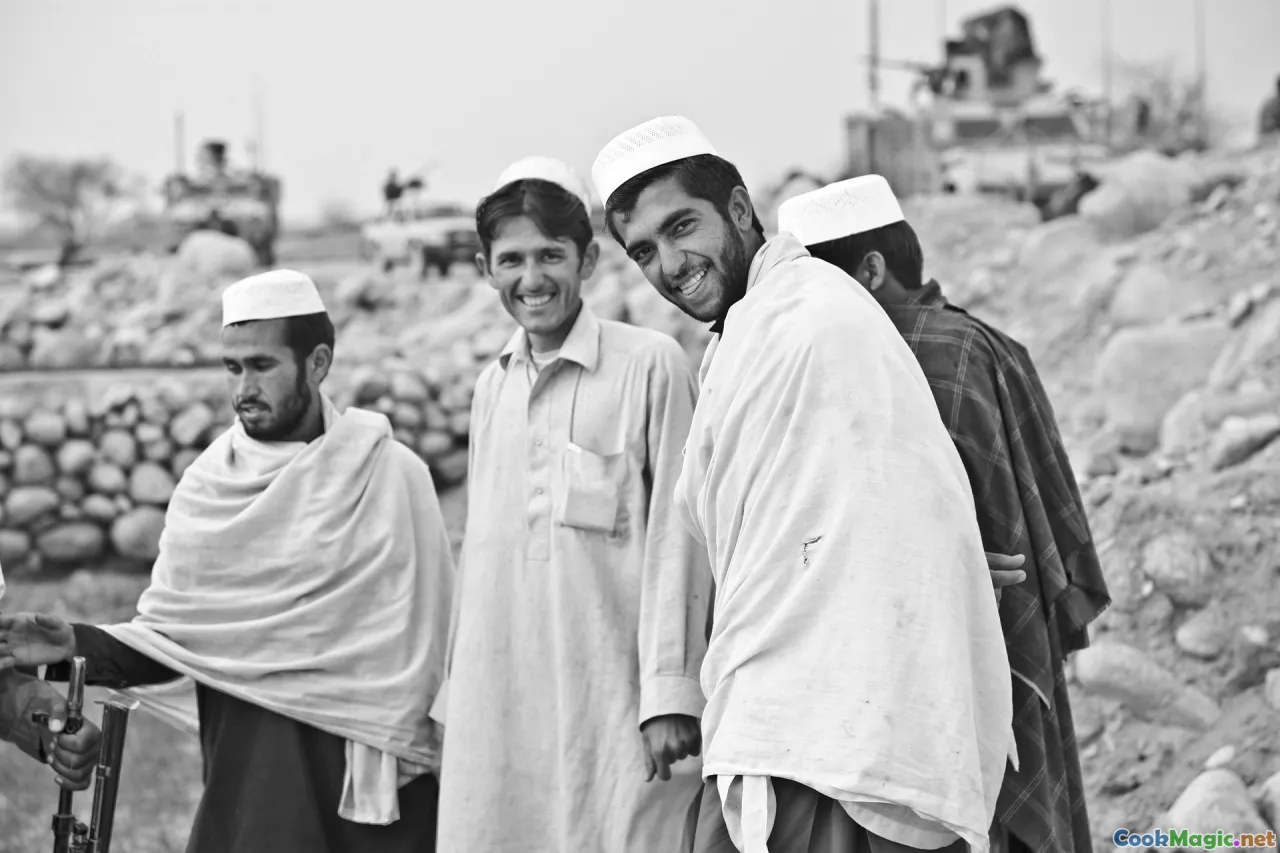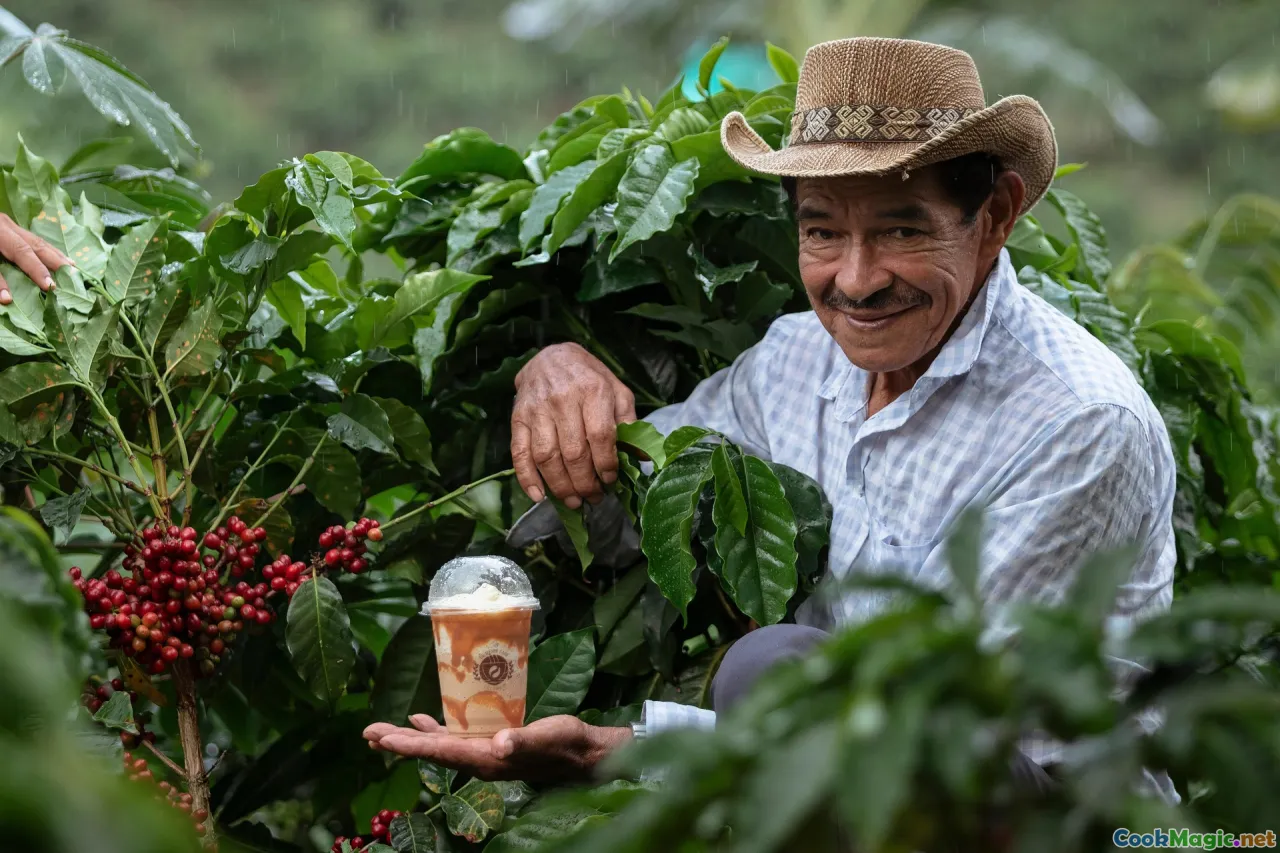Colombian Coffee Drinking Customs Explained for Chefs
11 min read Discover traditional Colombian coffee customs and cultural nuances, enhancing culinary expertise with authentic coffee practices for chefs. July 13, 2025 09:05
Colombian Coffee Drinking Customs Explained for Chefs
Nestled along the equator, between the peaks of the Andes and the lush jungles of the Amazon, Colombia's rich landscape is not only a kaleidoscope of colors and textures but also the birthplace of some of the world’s most revered coffee. For culinary professionals eager to deepen their understanding of Colombian cuisine, appreciating the nuanced customs surrounding coffee is essential. It’s more than just a morning pick-me-up; it’s a cultural tapestry woven into everyday life, rituals, and social connection.
Imagine stepping into a bustling Colombian village café early in the morning, where the aroma of freshly brewed coffee swirls with the scent of ripe plantains and baked bread. In Colombia, coffee is a ritual that nurtures community, tradition, and a sense of belonging. For chefs, grasping these customs opens a window into the soul of Colombian culture—an invaluable insight that influences everything from flavor profiles to presentation.
Let’s embark on a sensory journey through Colombia’s coffee customs, exploring the intricate rituals, regional variations, and culinary implications that every chef should know.
The Heart of Colombian Coffee Culture: The Tinto and Cortico

In Colombia, coffee drinking begins with the Tinto, a quintessential small, strong black coffee served in tiny porcelain cups. Unlike the Western American or European traditions of savoring large mugs, Colombian Tinto demands a different approach: it’s about tiny, intense sips that awaken the palate. Often enjoyed multiple times a day, especially during social interactions or work breaks, Tinto embodies efficiency, conviviality, and the Colombian spirit of warmth.
Accompanying the Tinto is often theCortico, a small glass of water served alongside to cleanse the palate. The water's purpose isn’t just practical—it’s a ritualistic refreshment, signaling respect for the coffee's roasted complexity and inviting a moment of contemplative pause.Tip for Chefs: When creating a Colombian-inspired beverage or dessert, consider the synergetic pairing of strong coffee with a splash of water or a side of sweet bread to emulate this customs-driven experience.
Regional Variations: From Antioquia to Nariño

Colombia’s diverse climates and terrains craft distinct coffee profiles along regional lines, each with its customs around consumption:
- Antioquia: Known for its hearty, flavorful coffee, often enjoyed at sunrise accompanied by arepas or baked cheese bread. The local tradition emphasizes communal mornings with friends or family—the idea of sharing coffee as a bonding ritual.
- Coffee Triangle (Eje Cafetero): The heartland of Colombia’s coffee industry boasts more elaborate customs—such as the café de agradecer (gratitude coffee) ceremony, where coffee is roasted, brewed, and shared with gratitude at farm celebrations. -Nariño: Elevations here produce a delicate, floral coffee. In these regions, coffee times tend to be more leisurely, often paired with regional sweets like bocadillo (guava paste) or fresh fruit.Culinary insight: Recognizing these regional preferences helps chefs tailor coffee-inspired dishes—think pairing a floral Nariño coffee with a citrus compote or incorporating Antioquia’s robust flavors into hearty stews.
Traditional Preparations and Their Culinary Uses

Beyond the common espresso-style brew, Colombia’s traditional preparations include various methods—each imparting a unique character:
- Spanish Mocha (Moka): A stovetop method using a cafetera (percolator), resulting in a thick, aromatic brew beloved nationwide. Its richness pairs beautifully with traditional Colombian baked goods like biscochos or productores.
- Greek-style Coffee: Known as café de olla, this method involves boiling finely ground coffee with sugar and sometimes spices like cinnamon. Chefs can use this as a base for flavor-infused syrups or desserts. -Cold Brews and Iced Coffee: In hotter regions, particularly on the coast, aguardiente day-to-day, cold coffee infused with tropical flavors is common, often sweetened with panela or tropical fruit purees.Culinary tip: Use traditional preparations to influence recipes—create coffee-infused sauces for meats, or develop aromatic coffee syrups for pastries.*
Coffee as a Social Fabric: The Customs of Sharing

In Colombia, coffee acts as a social glue—a reason to gather, converse, and celebrate. A typical scene involves sitting outdoors at a cafetería, chatting over steaming cups, or sharing coffee during family reunions and festivals.
One particularly evocative example is theCafé de la Sabana, a neighborhood tradition in Bogotá, where neighbors serve each other coffee on the streets wrapped in warmth and storytelling. It’s common to see elderly men and women exchanging stories while sipping coffee, often accompanied by pan de bono or traditional cheeses.Chef’s insight: When planning a Colombian-themed dining experience, incorporate communal coffee service—small cups, shared pastries, and invitinglaid-back conversations to recreate this intimacy.
Coffee and Culinary Fusion in Colombian Cuisine

Culinary innovation in Colombia often involves integrating coffee into dishes and desserts, creating a symphony of flavors:
- Coffee-glazed meats: Particularly in regions like Antioquia and Caldas, chefs utilize coffee in marinades for beef, pork, or chicken, taking advantage of its earthy richness.
- Coffee-infused desserts: Tiramisù, mousse, ice creams, and chocolate truffles infused with Colombian coffee showcase the depth of flavor—its inherent bitterness balances the sweetness, while its aroma elevates the experience. -Coffee in bread and baked goods: Arequipe (caramel) and biscochos often feature coffee as a core ingredient, imparting a reddish-brown hue and complex taste.Pro tip: Pair Colombian coffee with locally sourced fruits—such as passionfruit or guava—for compelling flavor combinations that further embed coffee into the cuisine.
Sensory Preparation and Presentation: How to Elevate Colombian Coffee in Your Kitchen

To honor Colombian customs through your culinary creations:
- Use authentic cups and utensils reminiscent of local cafecitos to create an immediacy and authenticity.
- Emphasize aroma—serve coffee in a way that captures its fragrance, perhaps with underhill trays filled with local biscuits or cheese.
- Balance visual appeal with color contrasts—deep dark coffee with bright pastries or vibrant tropical fruits.
- Incorporate local ingredients like panela sugar, fresh herbs, or spices (cinnamon, clove) that echo the traditional brewing methods.
Practical applications:
- Design a coffee tasting menu inspired by regional profiles.
- Develop a coffee-rubbed meat dish with a Colombian-inspired spice blend.
- Incorporate Colombian coffee into cocktail and dessert pairings, emphasizing its sensory role.
Embracing Colombian Coffee Customs in Your Culinary Practice
Taking a deeper dive into Colombian coffee customs isn’t just about replication—it’s about appreciation and adaptation.
- Educate your team about the significance of each ritual and regional distinction, fostering authentic service.
- Source quality Colombian coffees—consider local collaborations or fair-trade options to ensure authenticity and sustainability.
- Create immersive experiences, such as brewing demonstrations, coffee tastings, or cultural storytelling during service, to enrich diners’ understanding.
By integrating these customs into your culinary repertoire, you elevate your dishes beyond flavors—transforming them into narratives, traditions, and genuine cultural exchanges. Colombian coffee, with its aromatic complexity, social significance, and regional diversity, offers an endless source of inspiration for creative, heartfelt cuisine.
Embarking on a journey through Colombia’s coffee customs offers chefs an opportunity to infuse their menus with soul, history, and sensory richness. From small morning sips to grand celebrations, each cup tells a story—one best appreciated with respect, curiosity, and an adventurous palate. So next time you brew or serve coffee, remember: you’re not just preparing a beverage; you’re weaving Colombia’s cultural narrative into every drop.









